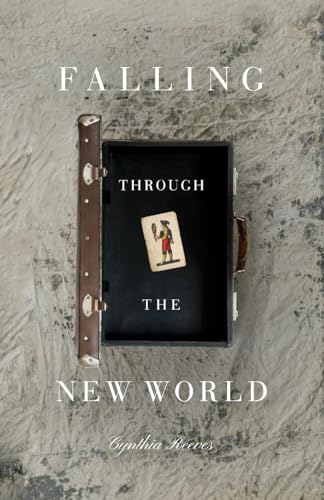Falling Through the New World
Reeves’ novel is a collection of fourteen narratives that explore the lives of four generations of an Italian family, both in Italy and in America, where they immigrate during the first half of the 20th century and intermarry with Irish Americans in succeeding generations. The time period covers the years between 1915 and 2018.
The plot outline provides an account of how and why Italians specifically left their homeland to find a new life in the United States, and its historicity is illuminating. The difficulties created by two world wars, economic hardships, the imposing institution of the Roman Catholic Church, and changing social mores paint a vibrant picture of a country in crisis; Reeves is adept at providing specific details in this account. Likewise, she clearly develops telling examples of social and familial change on the American scene.
But this novel really comes alive because it focuses on various speakers of one Italian family who tell their stories in a series of first-person narratives. The original family who live in Roccamaro, an Italian village, are lace makers and tailors; moreover, they are traditionally observant Catholics. Reeves uses the language of their artistry and religion to create an evocative portrait of both women and men in their struggles for economic stability, spiritual comfort, and emotional happiness. As Anna, a lace maker and one of the earliest first-person narrators, asserts: They are “making fine things…for the future [so that] there would be a future for us.” Succeeding generations of family members, mostly women, explore this assertion in compelling ways.
Reeves’ language is consistently both precise and lyrical and lures the reader into her saga.










